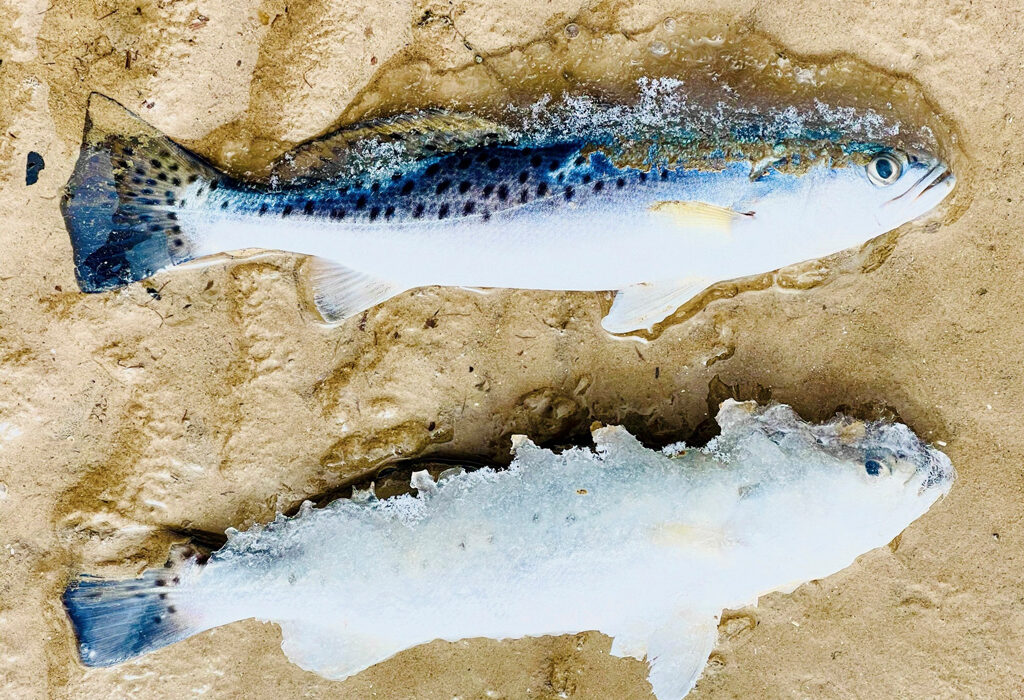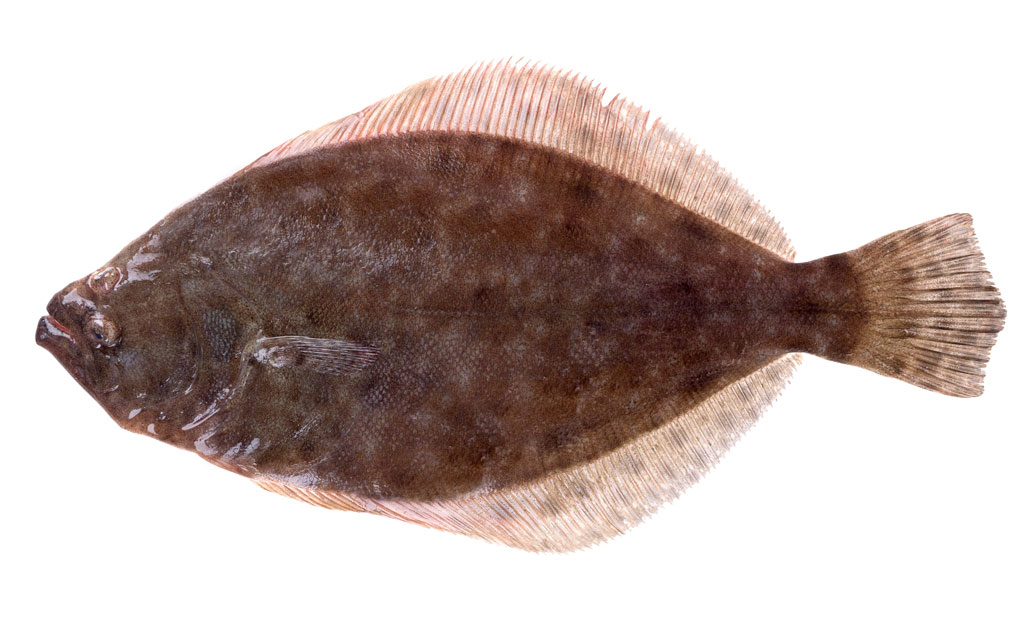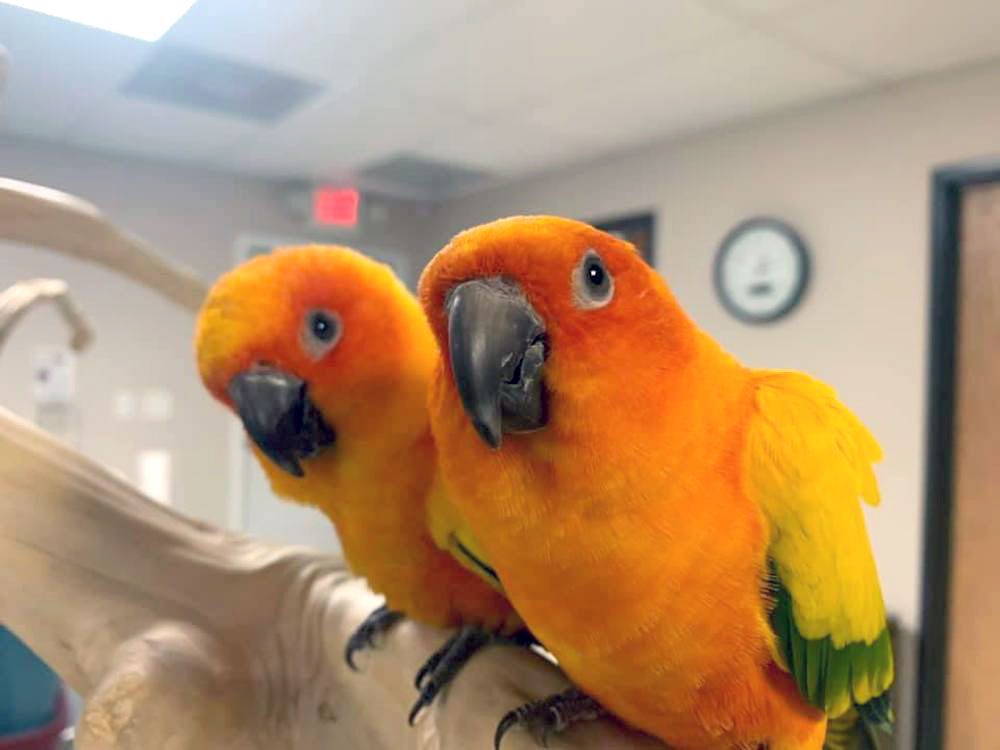
Effects of the 2021 winter freeze are still being felt in the Lower Laguna Madre, where the Texas Parks and Wildlife Department has extended limits for the spotted seatrout. TPWD photo
Emergency regulations for spotted seatrout in the Laguna Madre have been extended for an additional 60 days by the Texas Parks and Wildlife Department. The extension, which continues through Sept. 27, affects fishing in bays and beachfronts of the Upper and Lower Laguna Madre Bays, south of Corpus Christi.
The measure includes a three-fish bag limit on spotted seatrout, a minimum length of 17 inches, and a maximum length of 23 inches.
The Texas Parks and Wildlife Commission set up temporary regulations from April 1 to July 29 after freezing winter weather the week of Feb. 14 led to fish kills along the entire Texas coast. The extension picks up July 30 and continues until Sept. 27.
“The data from our Coastal Fisheries biologists clearly shows declines in spotted seatrout populations in multiple Texas bays,” said TPWD Executive Director Carter Smith.
According to the department, an estimated minimum of 3.8 million fish were killed on the Texas coast during the February 2021 freeze. During a winter storm, if fish do not make it to a refuge in deeper, more temperature-stable water, they could die.
The Lower Laguna Madre had the highest mortality of spotted seatrout with an estimated 104,000 fish killed — 65 percent of the total estimated spotted seatrout killed. When combined with the Upper Laguna Madre, it comprised 89 percent of the total estimated spotted seatrout mortality along the Texas coast.
In addition, the freeze killed about 82,600 black drum and 60 other species of fish. Non-recreational species contributed to 91 percent of the total mortality. While not sought after by most anglers, non-game fish are ecologically important, providing food for larger game fish and adding to the overall diversity of Texas bays.
“The department’s next step is working with the TPW Commission this fall to further evaluate the data, to solicit additional public input, and, ultimately, to secure commission guidance on what management and regulatory actions may be necessary to facilitate the quickest recovery possible,” Smith said.





